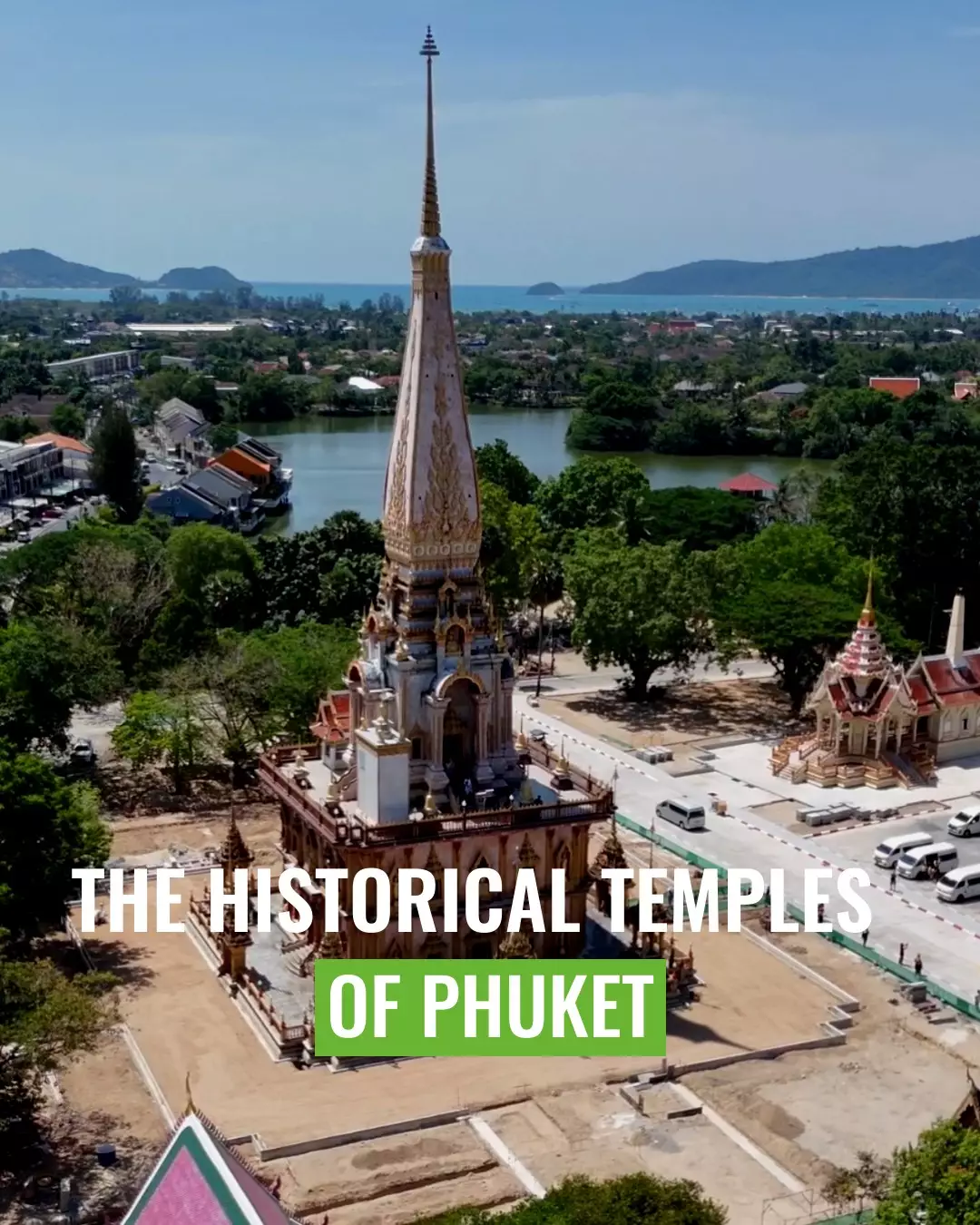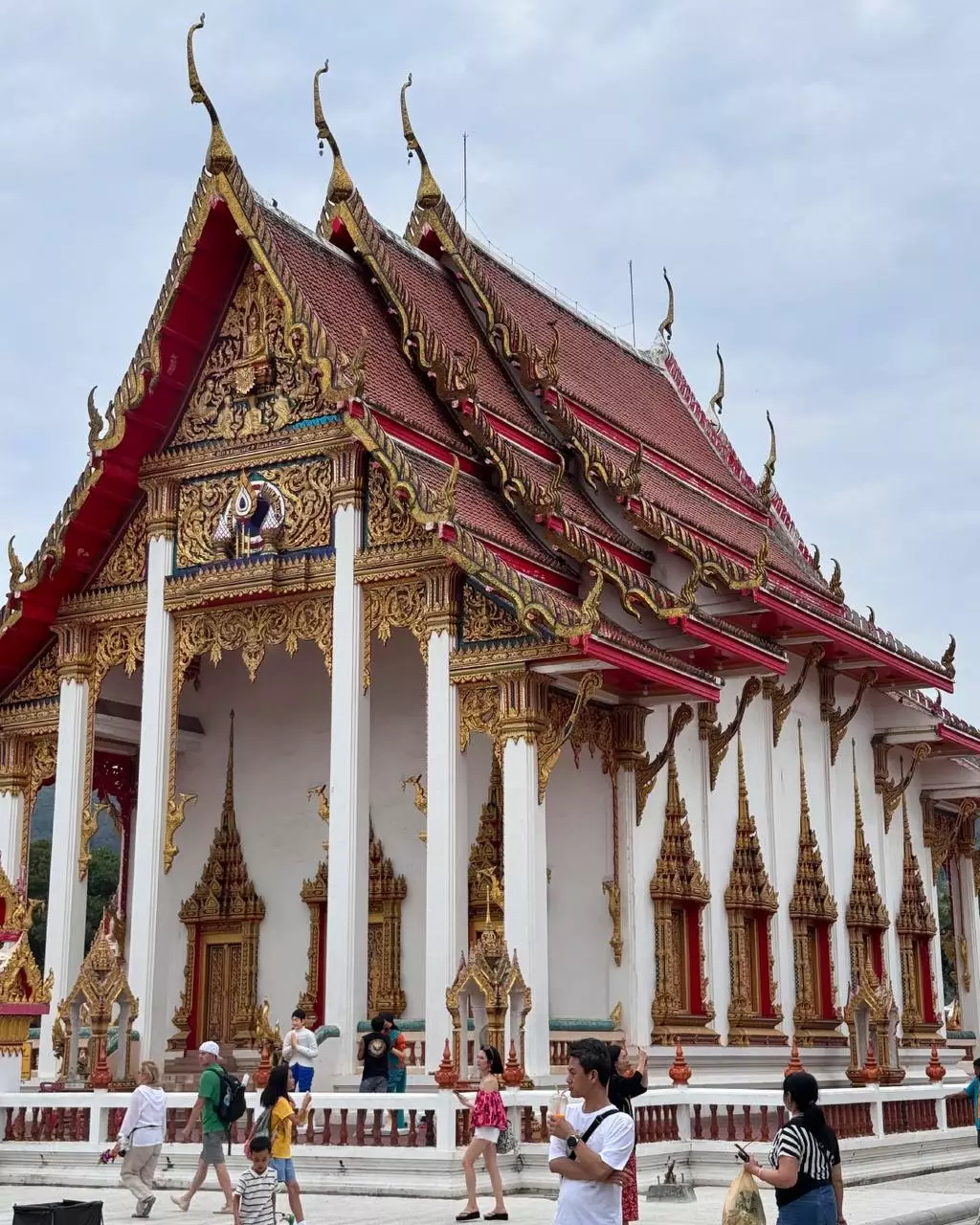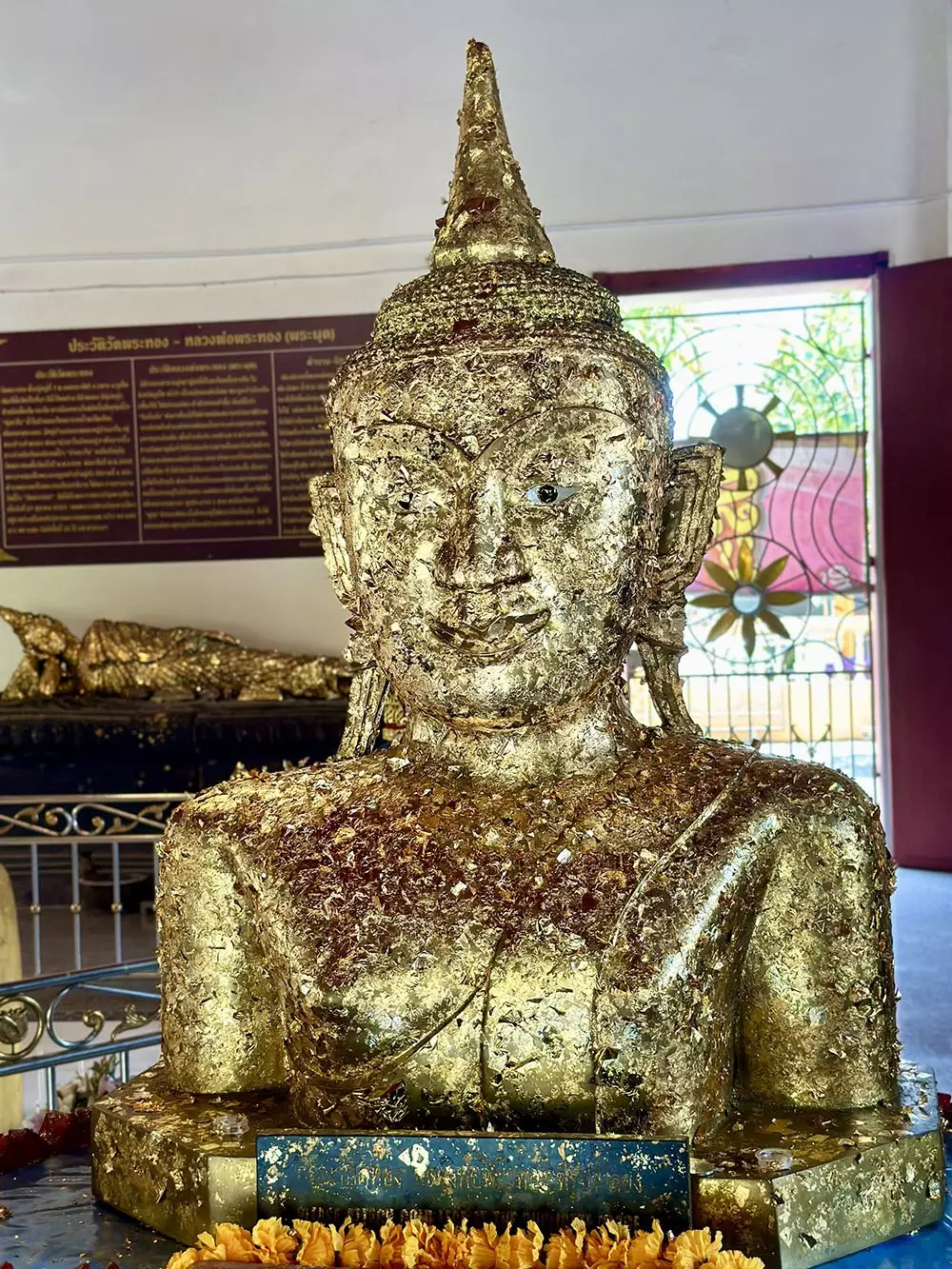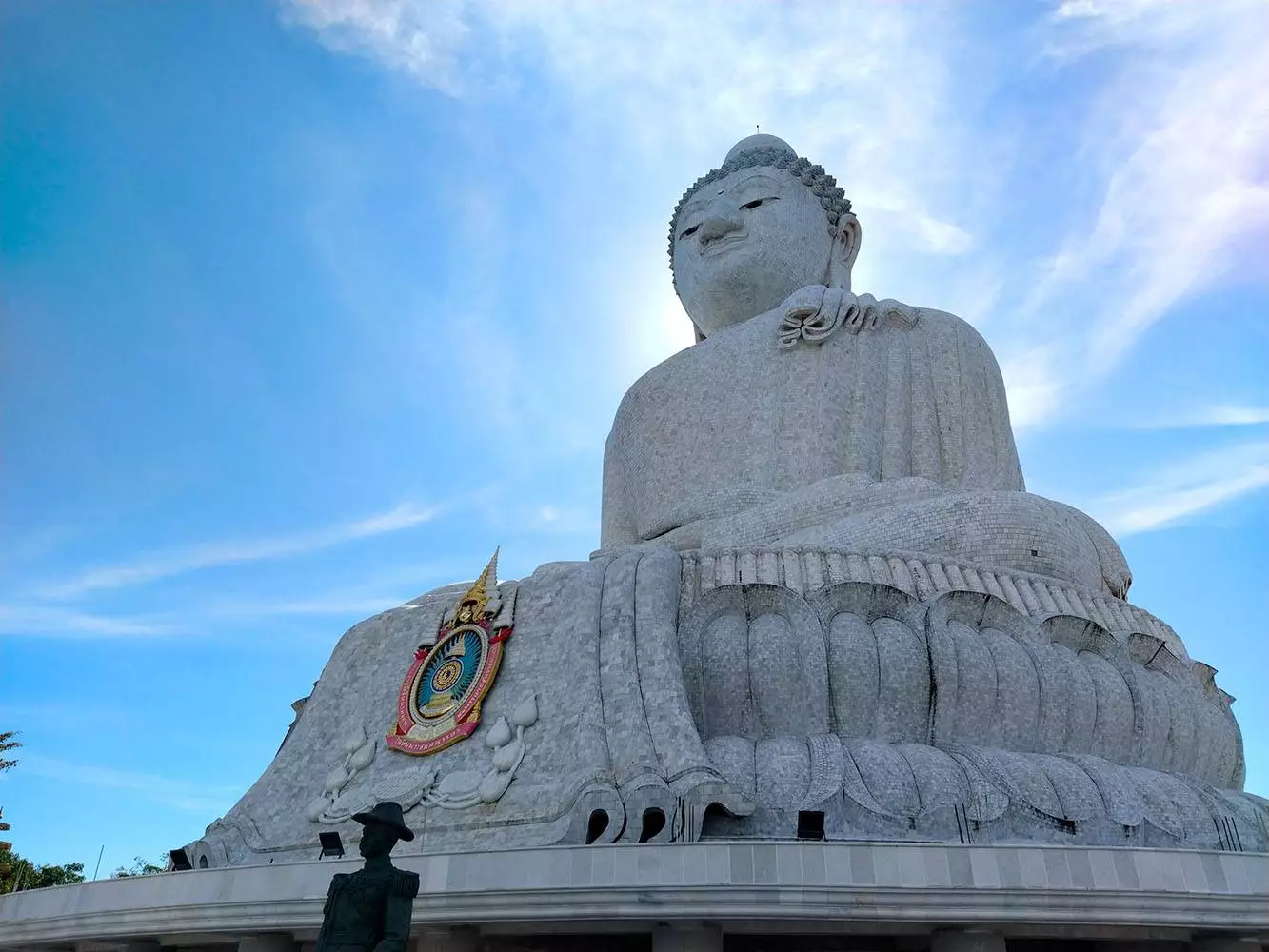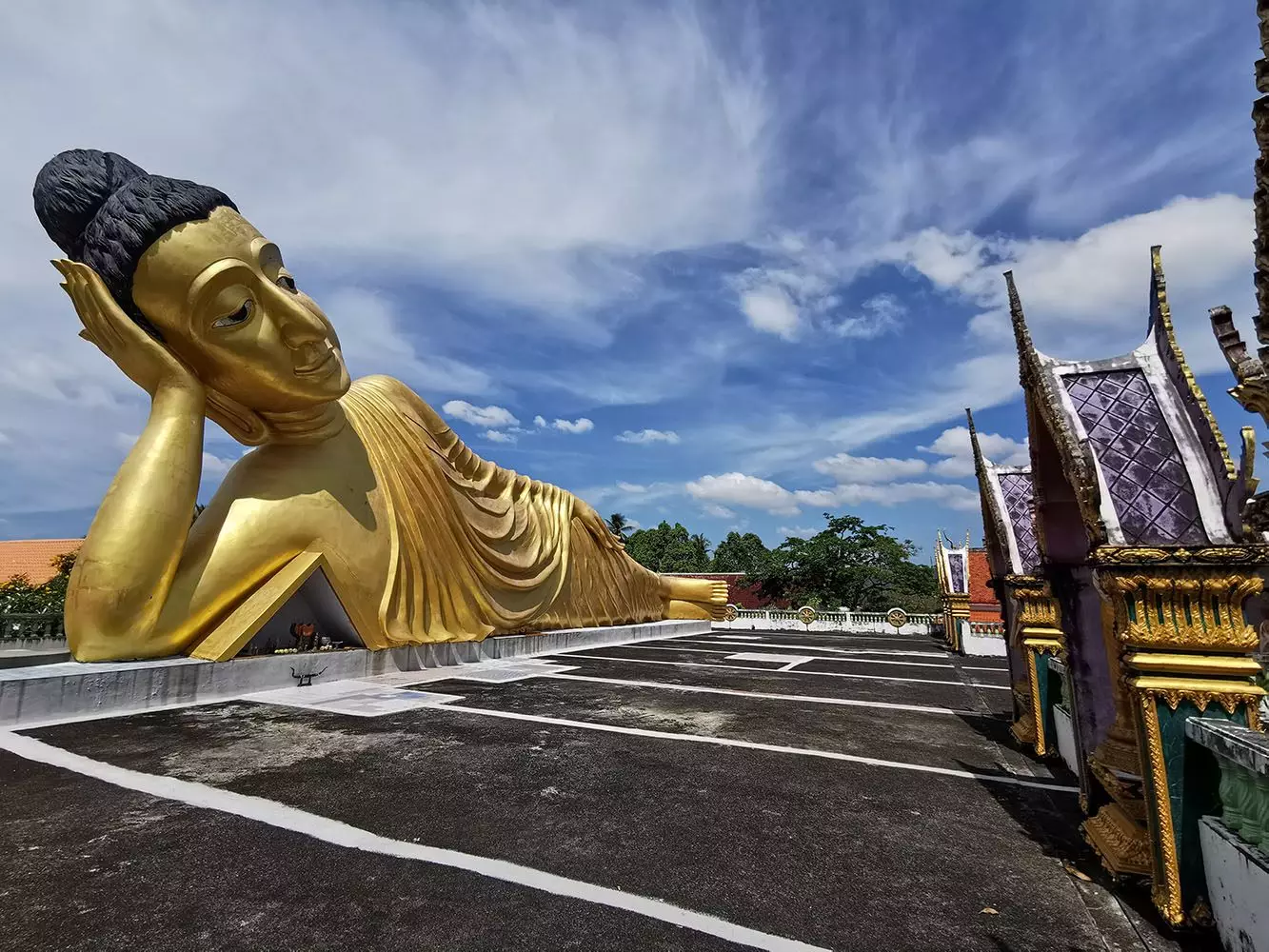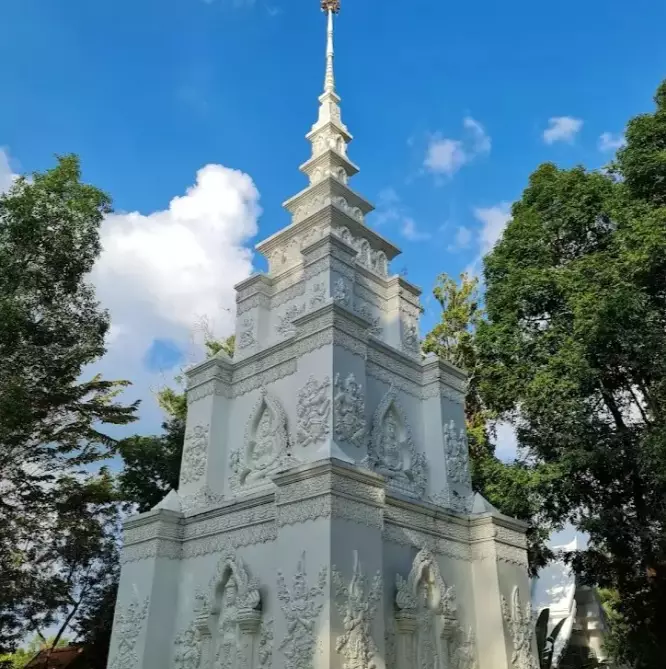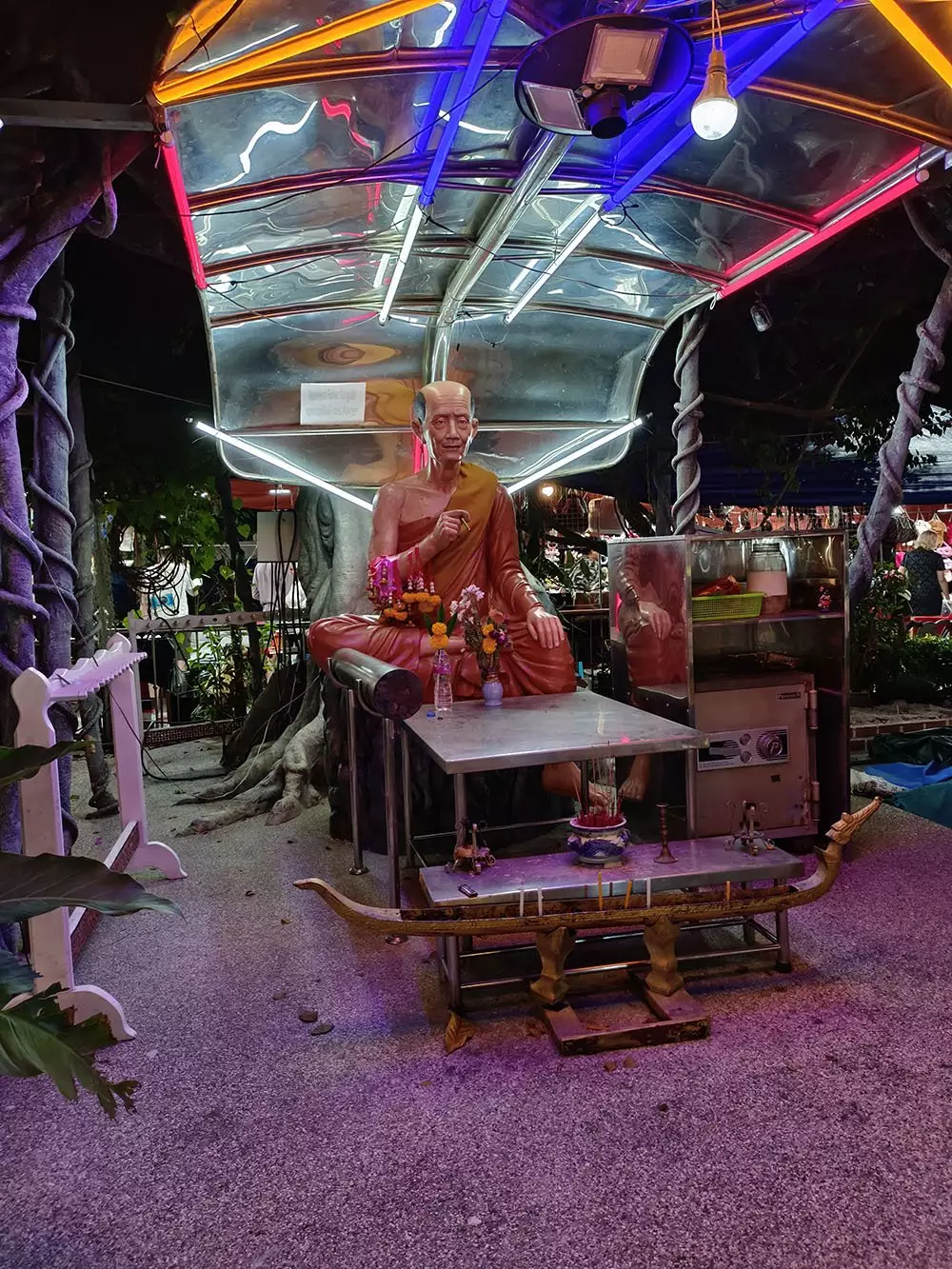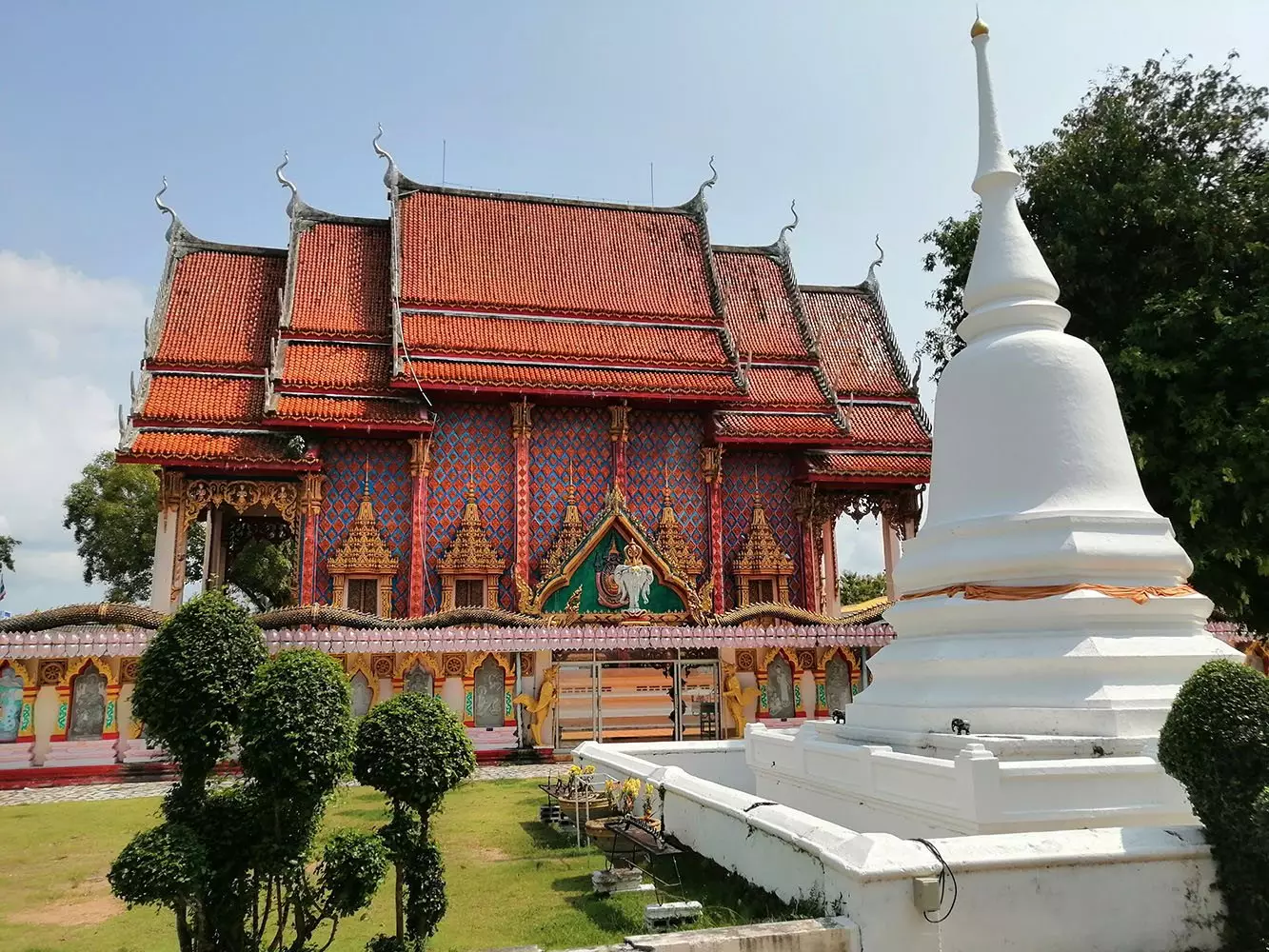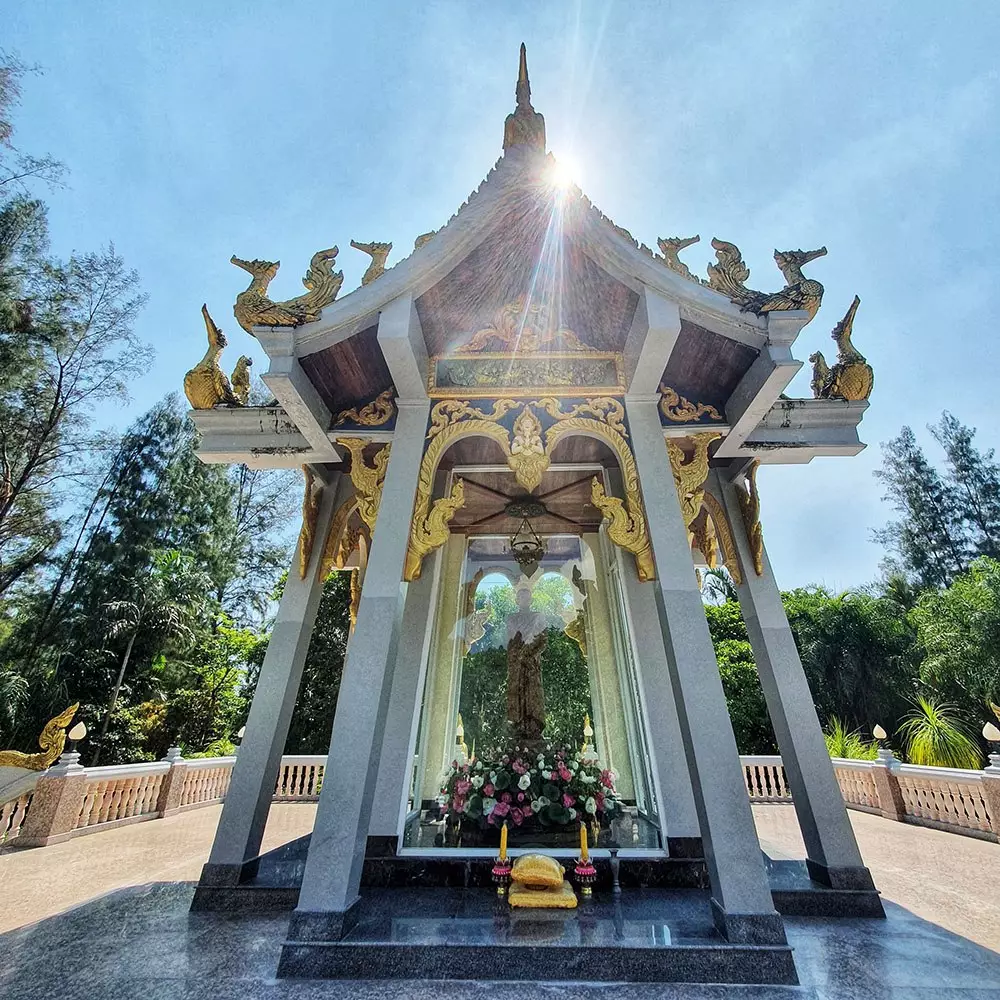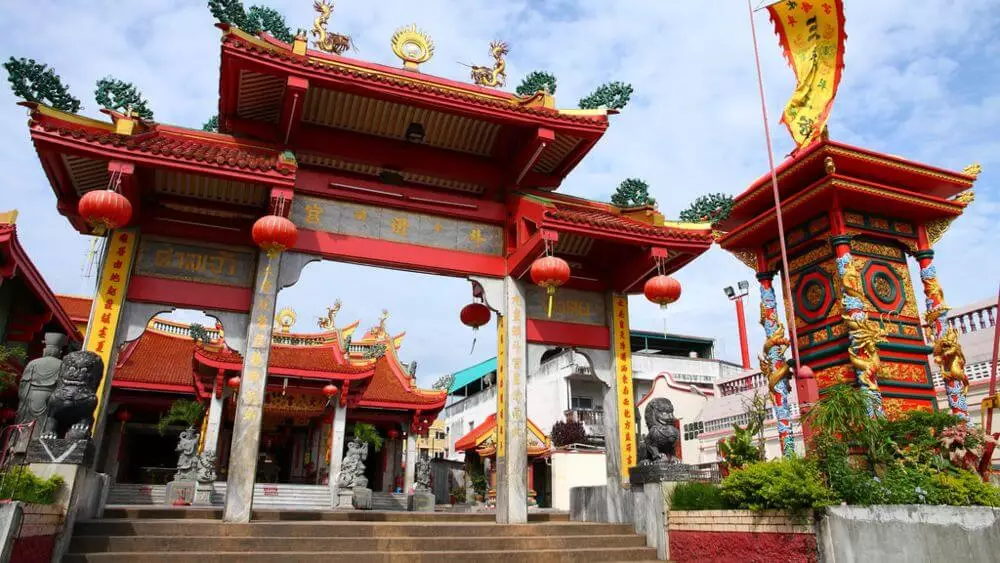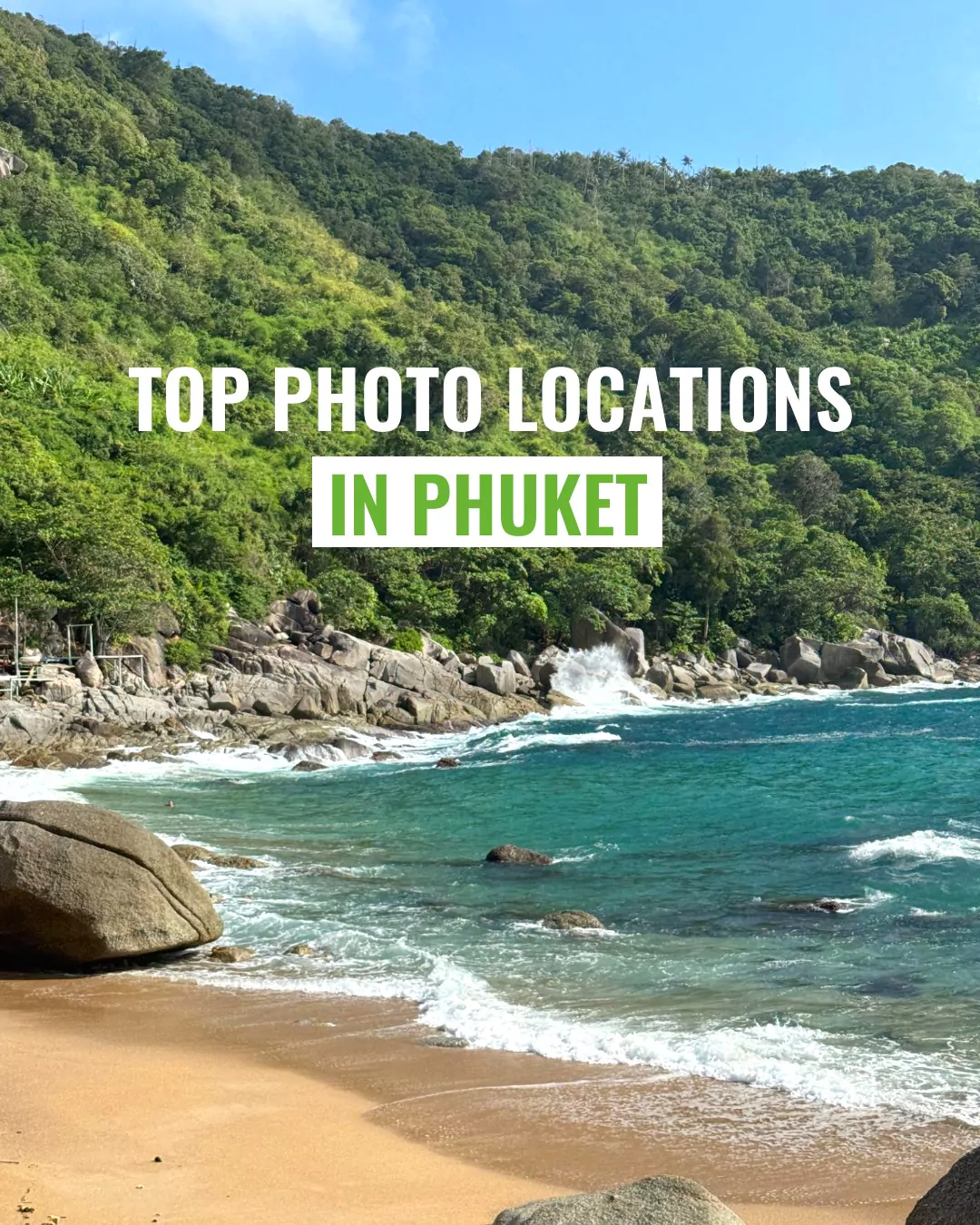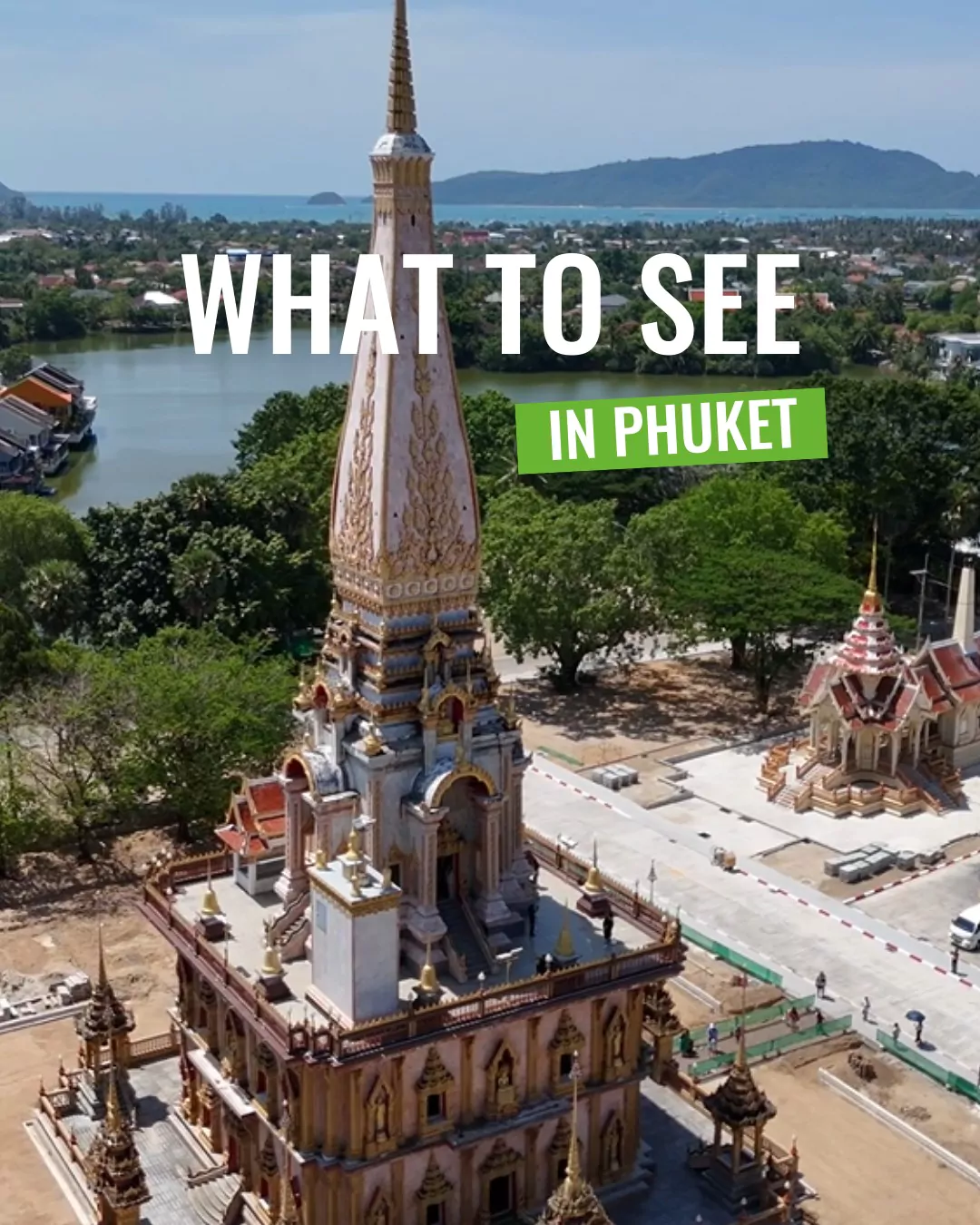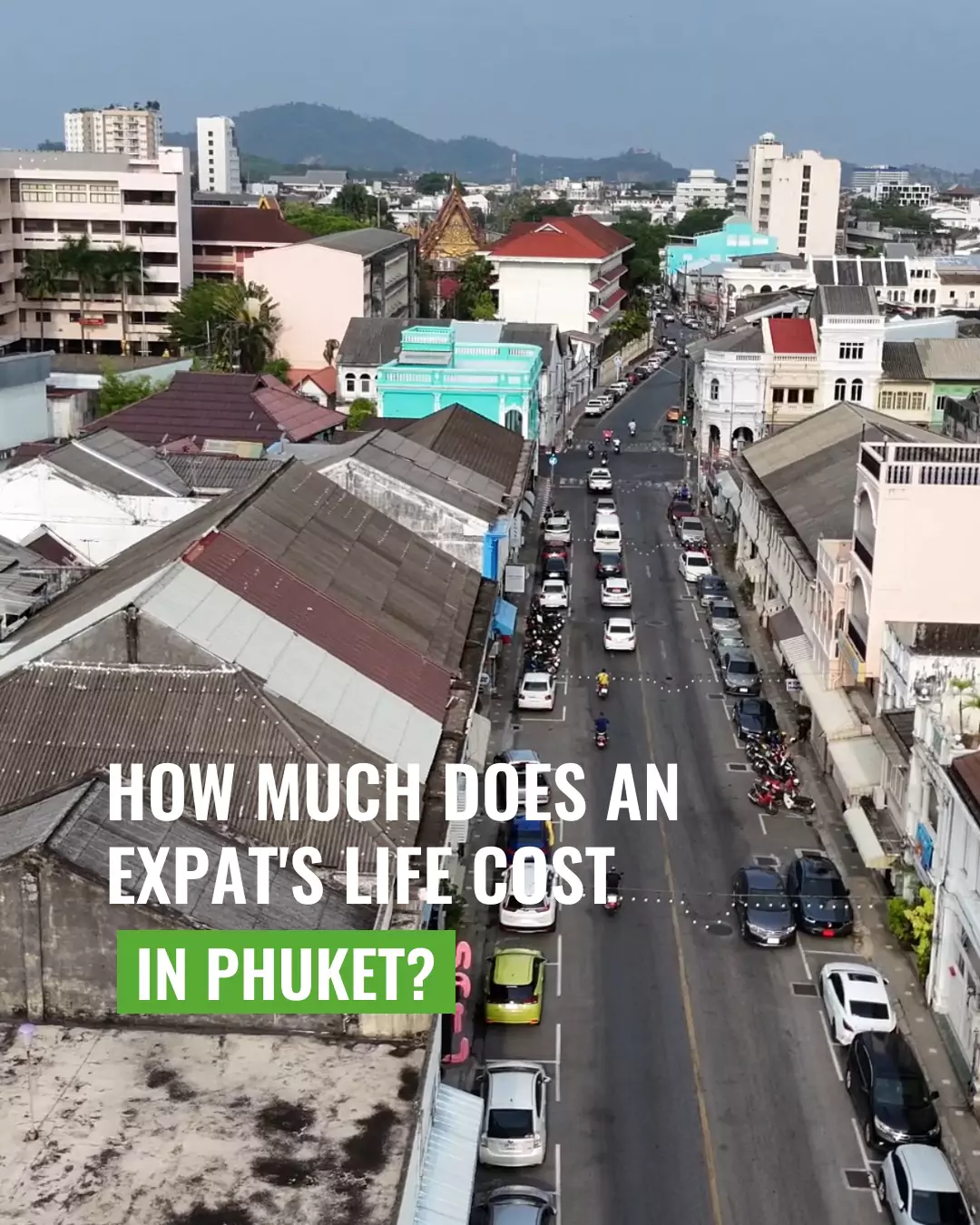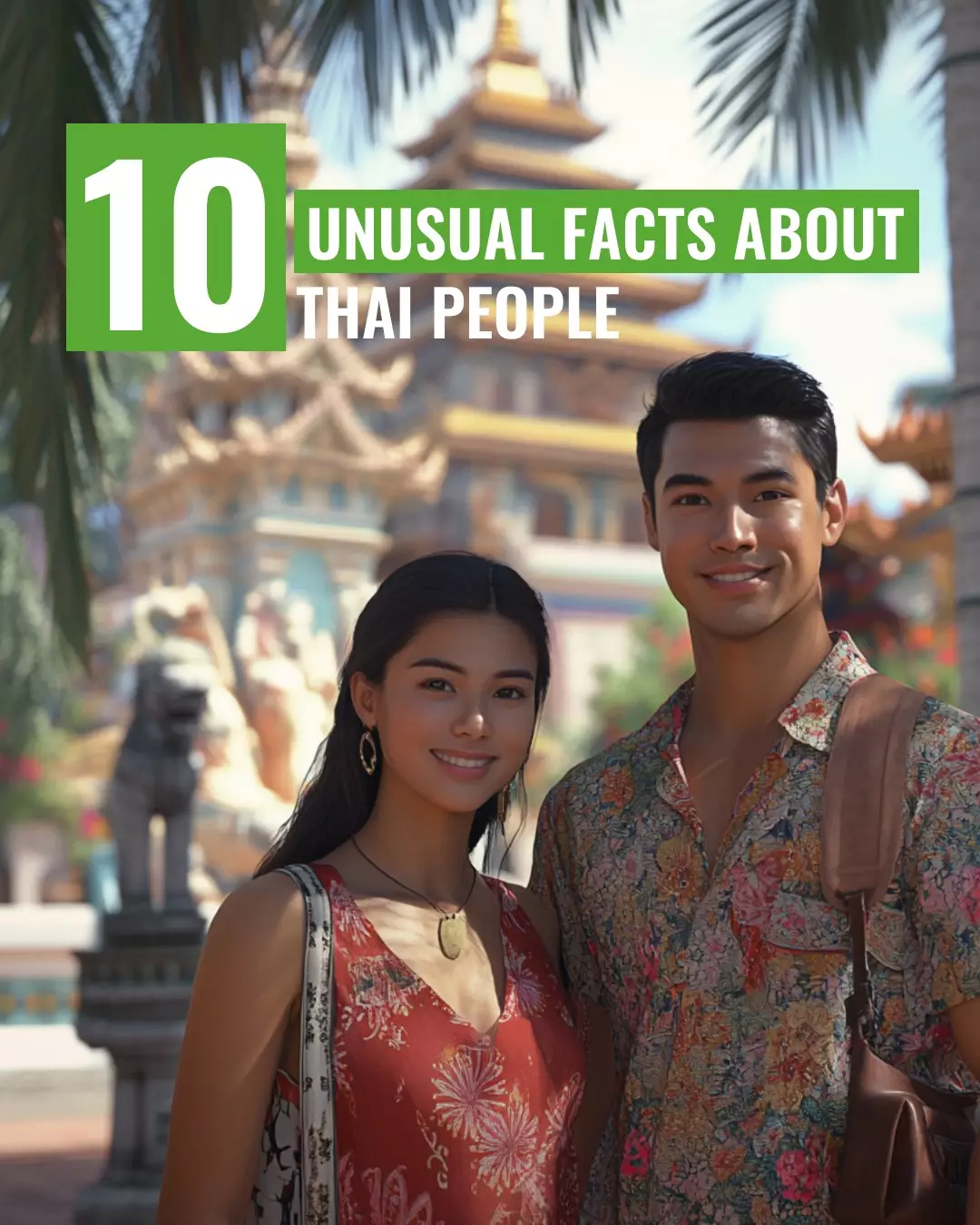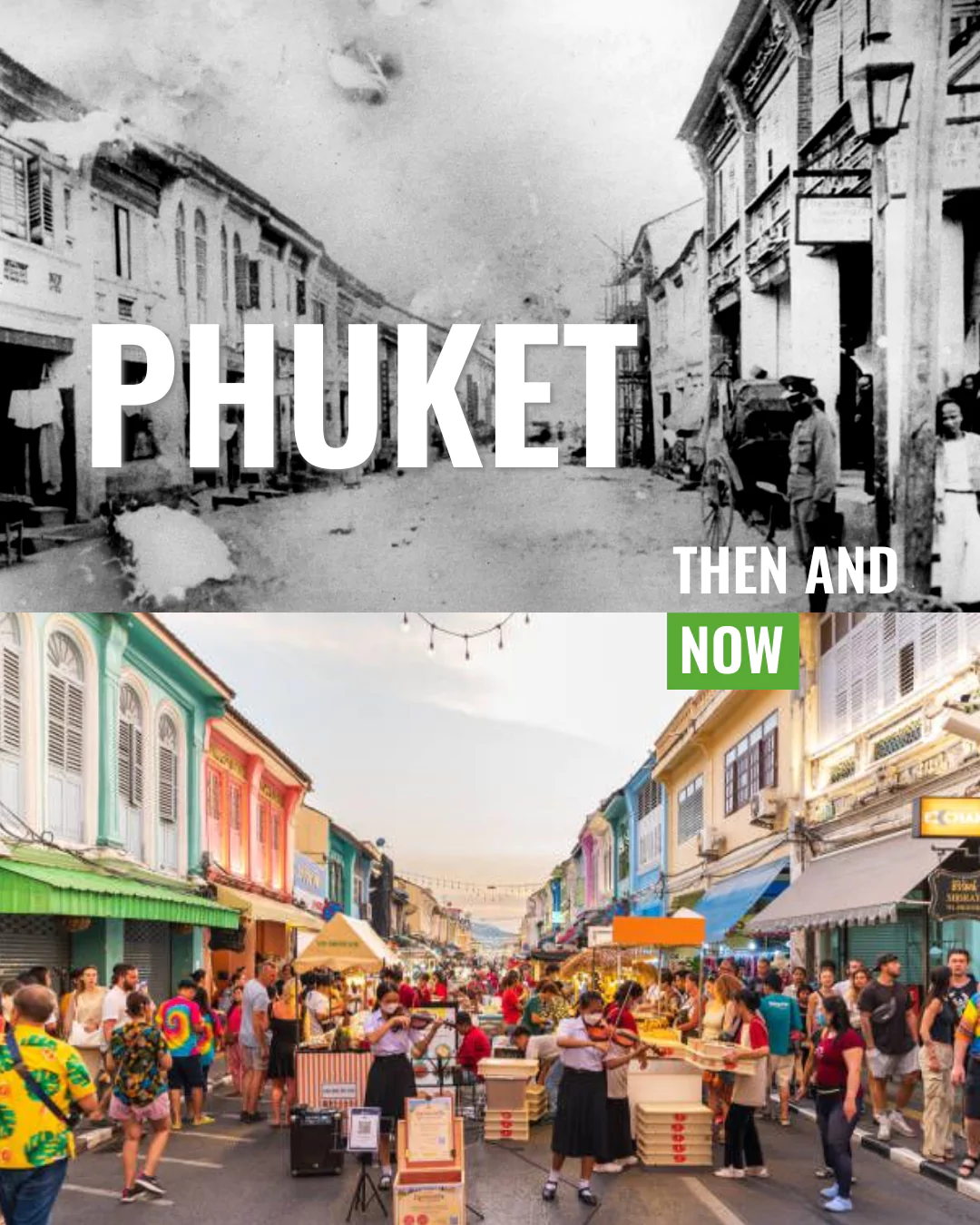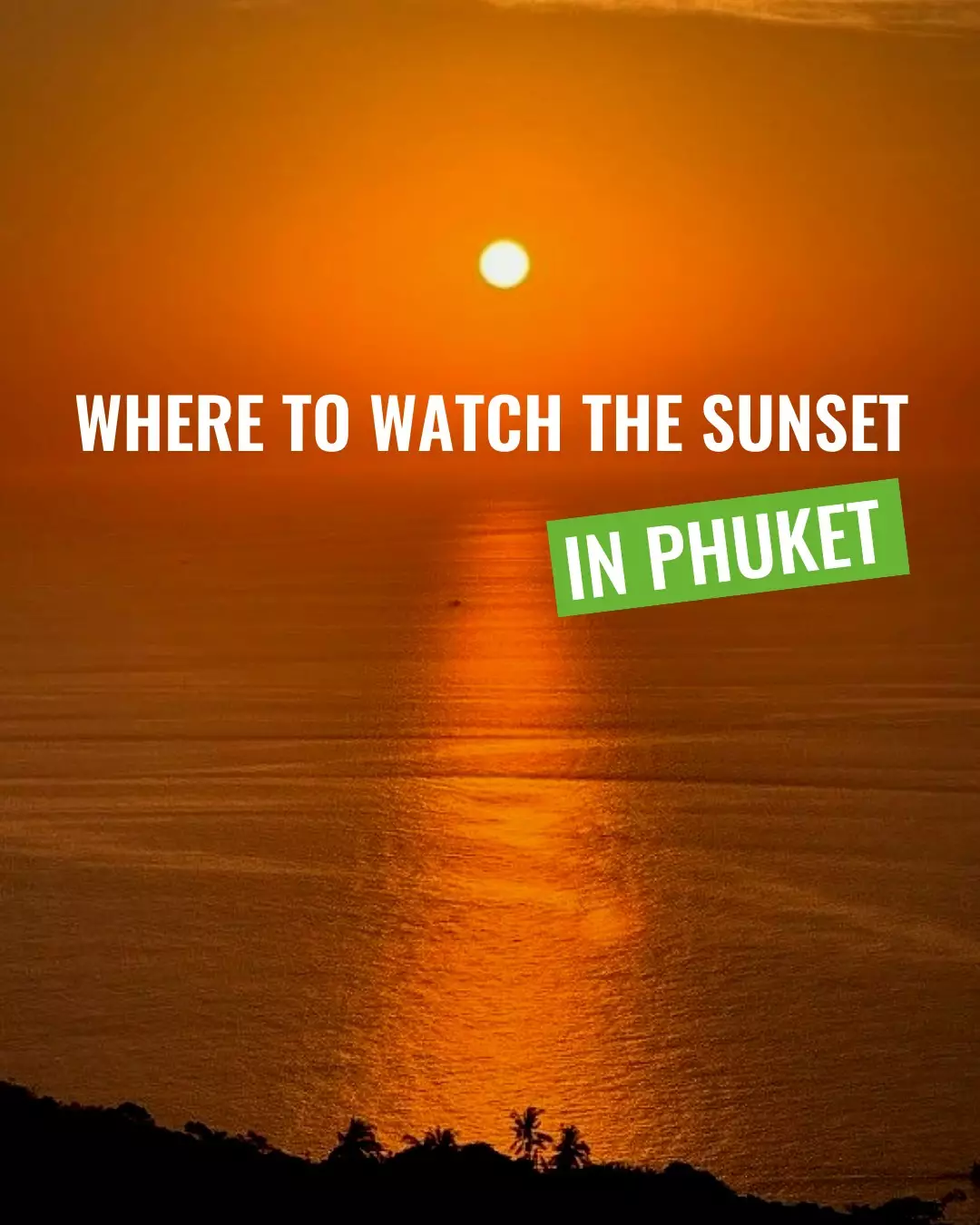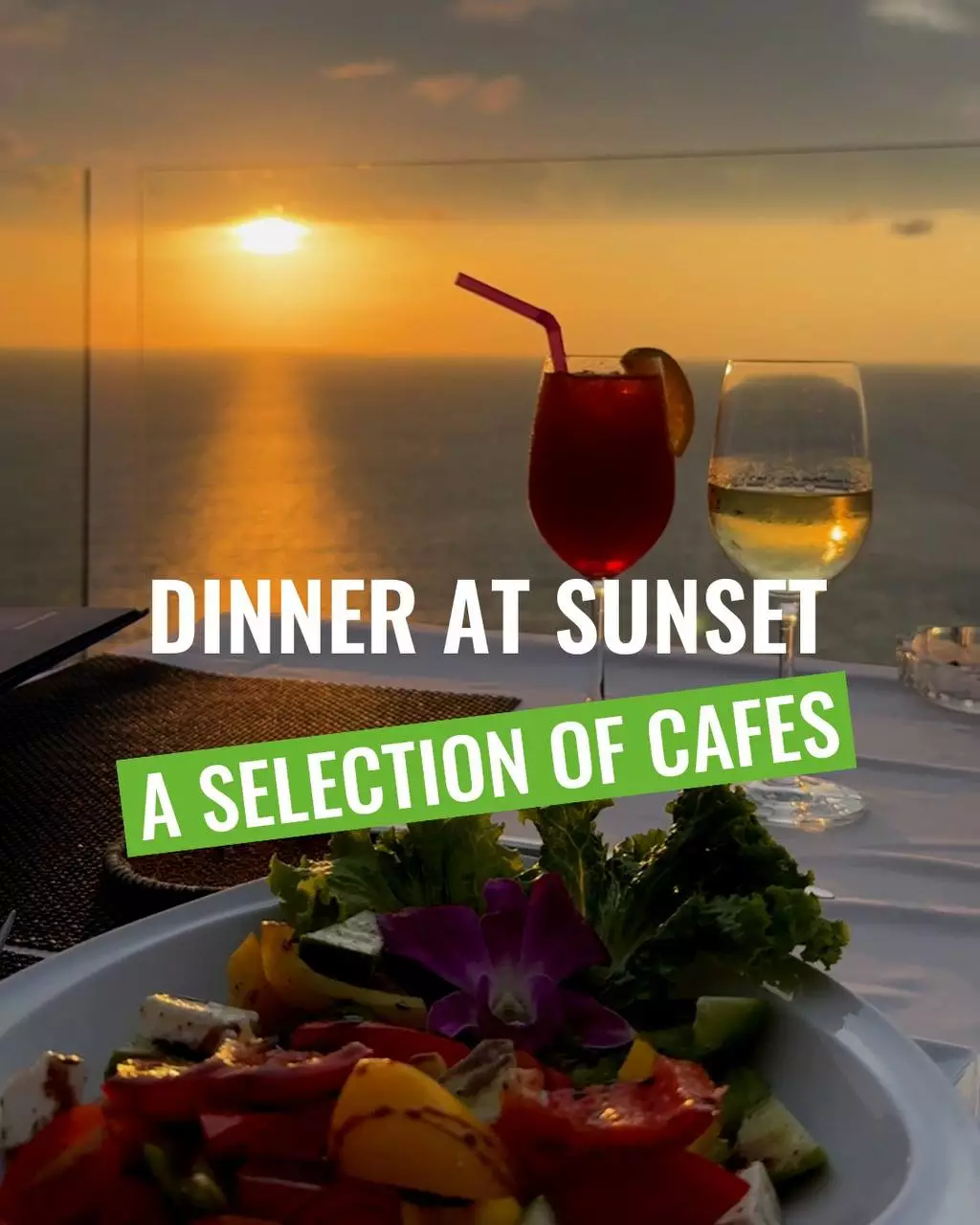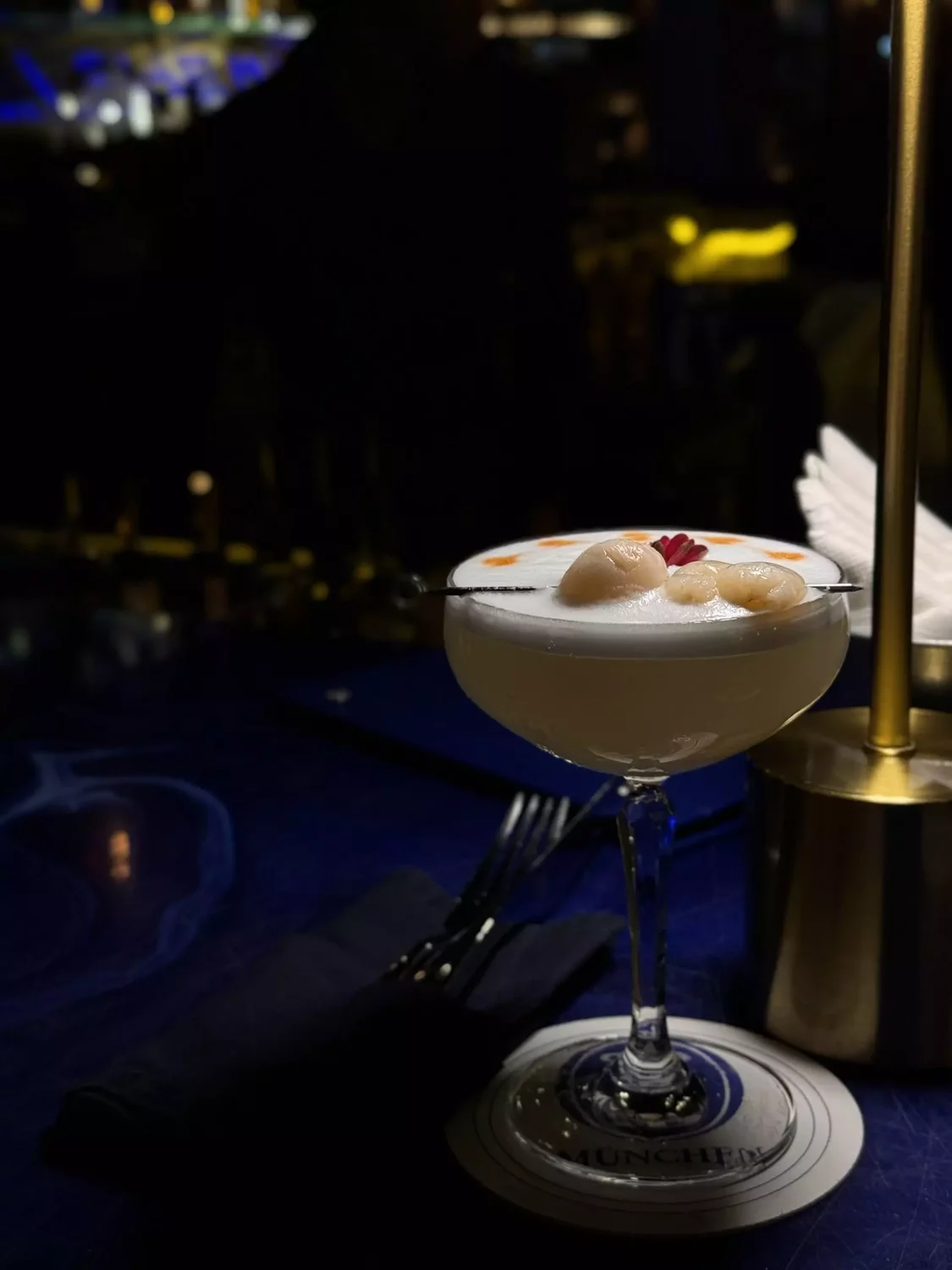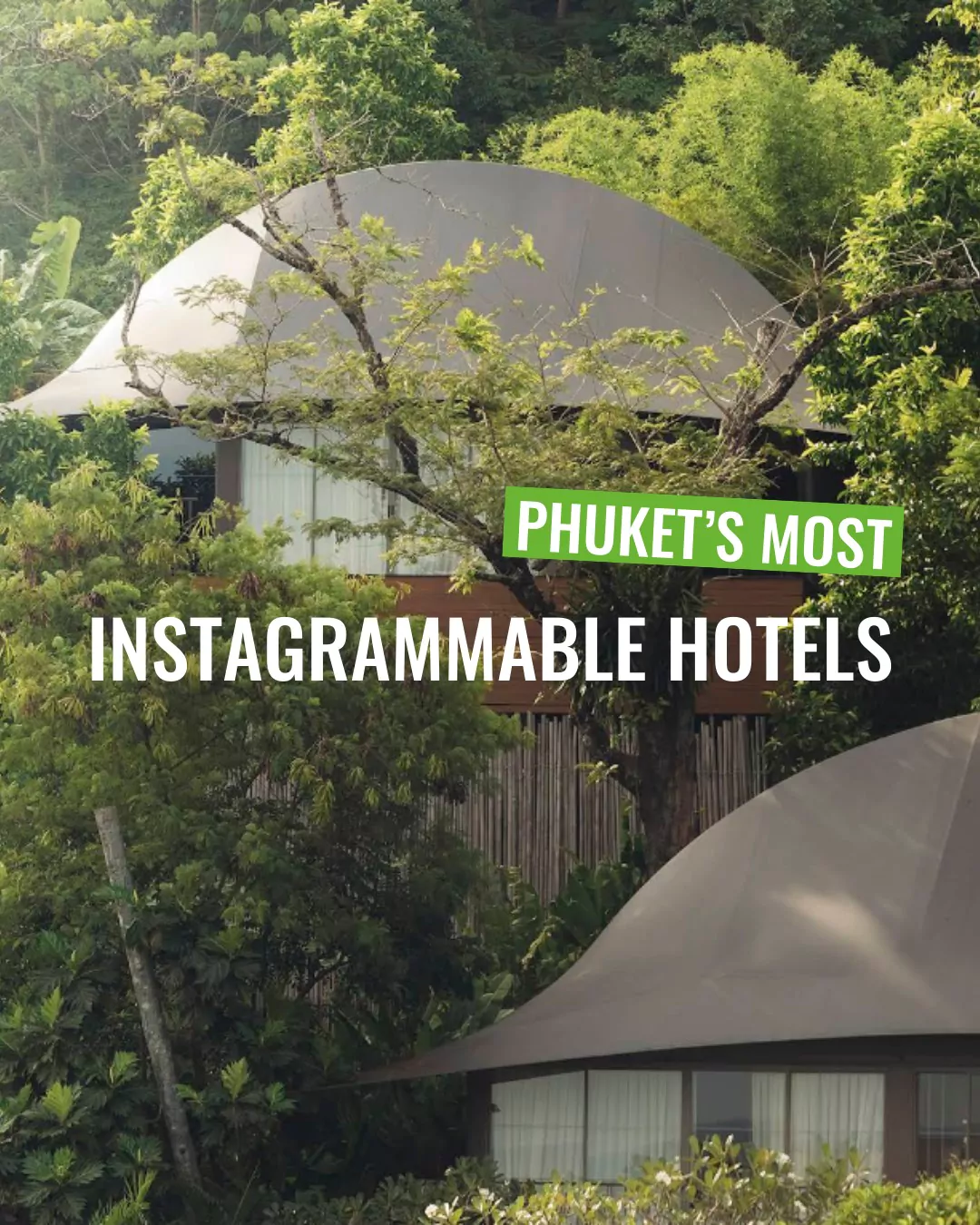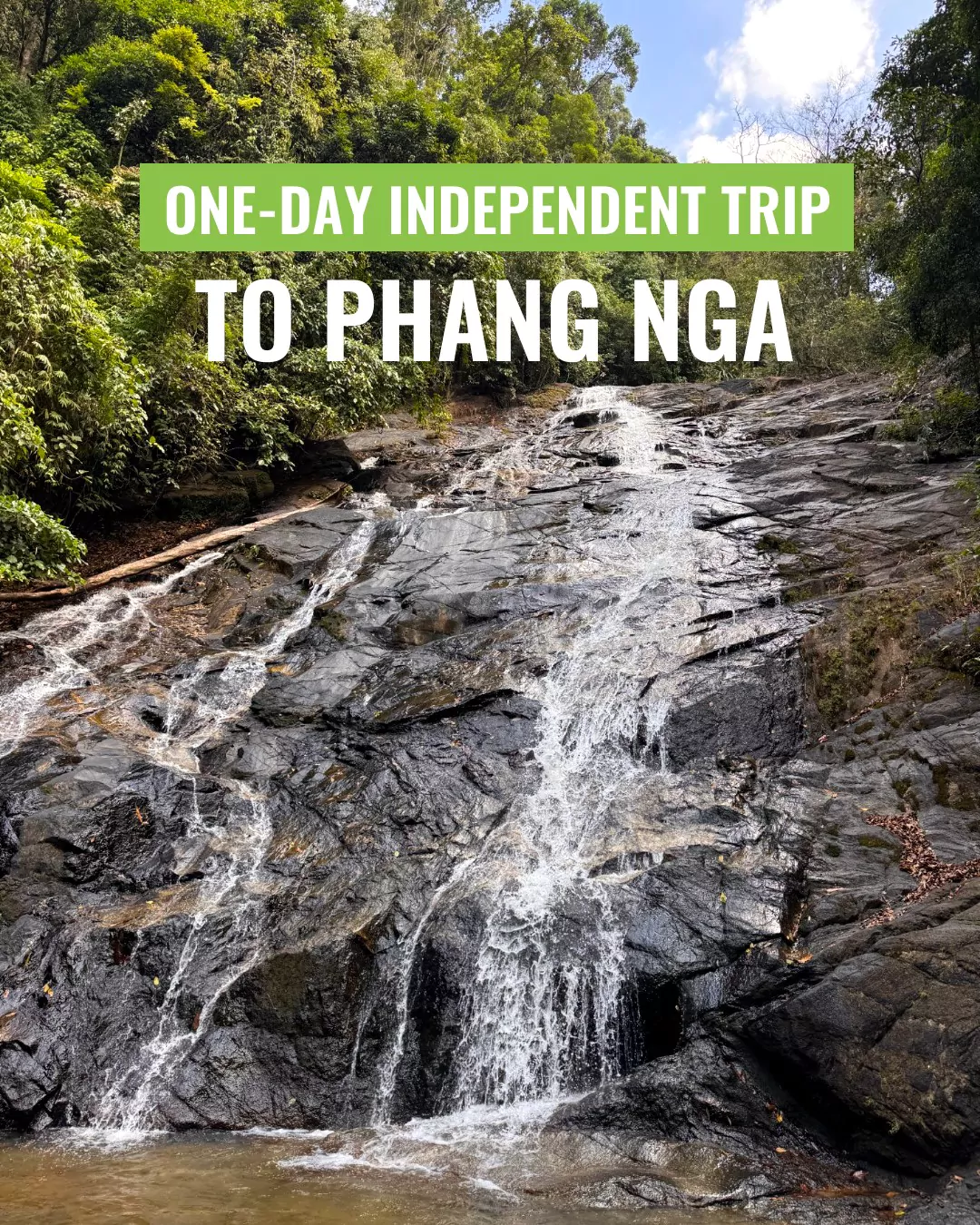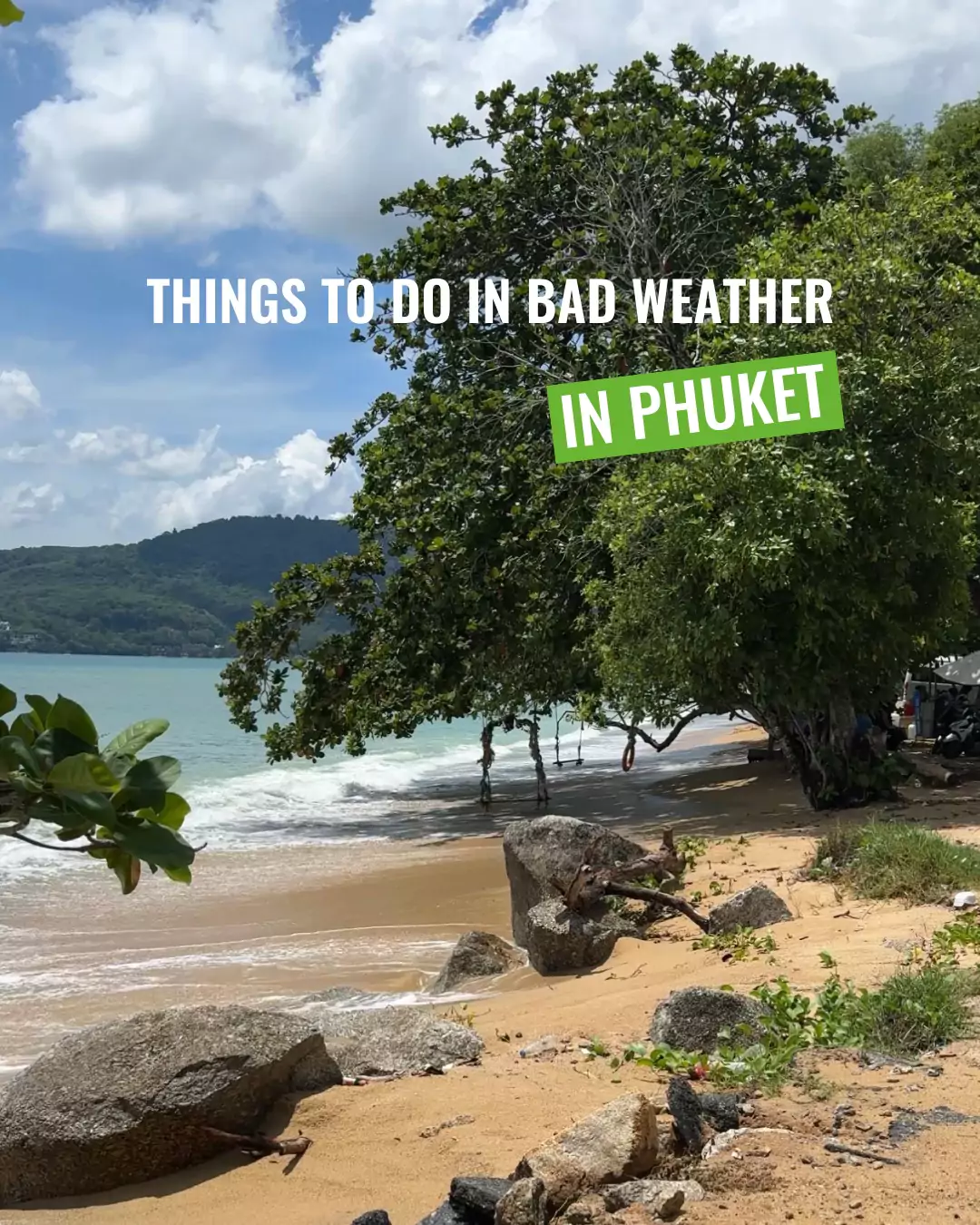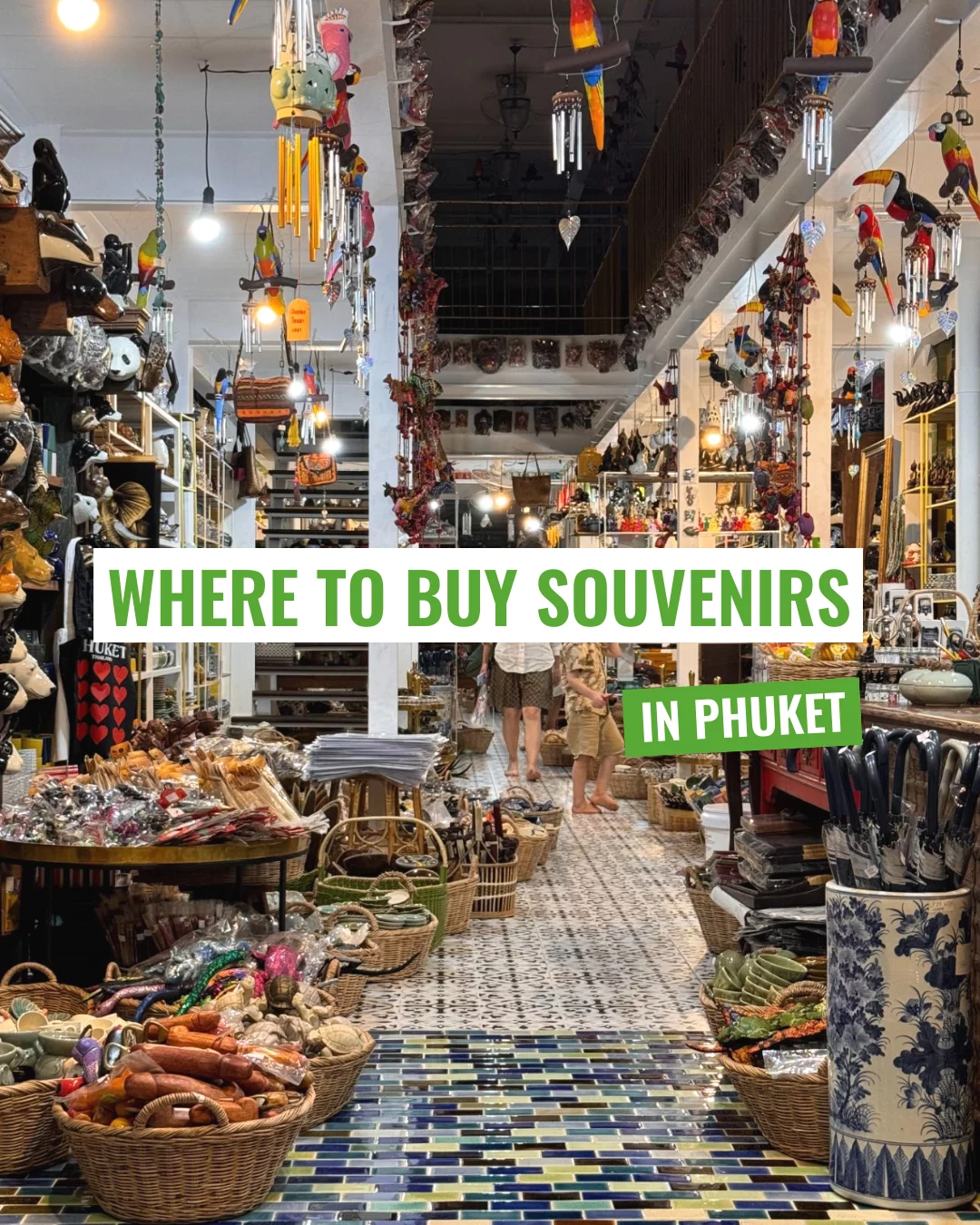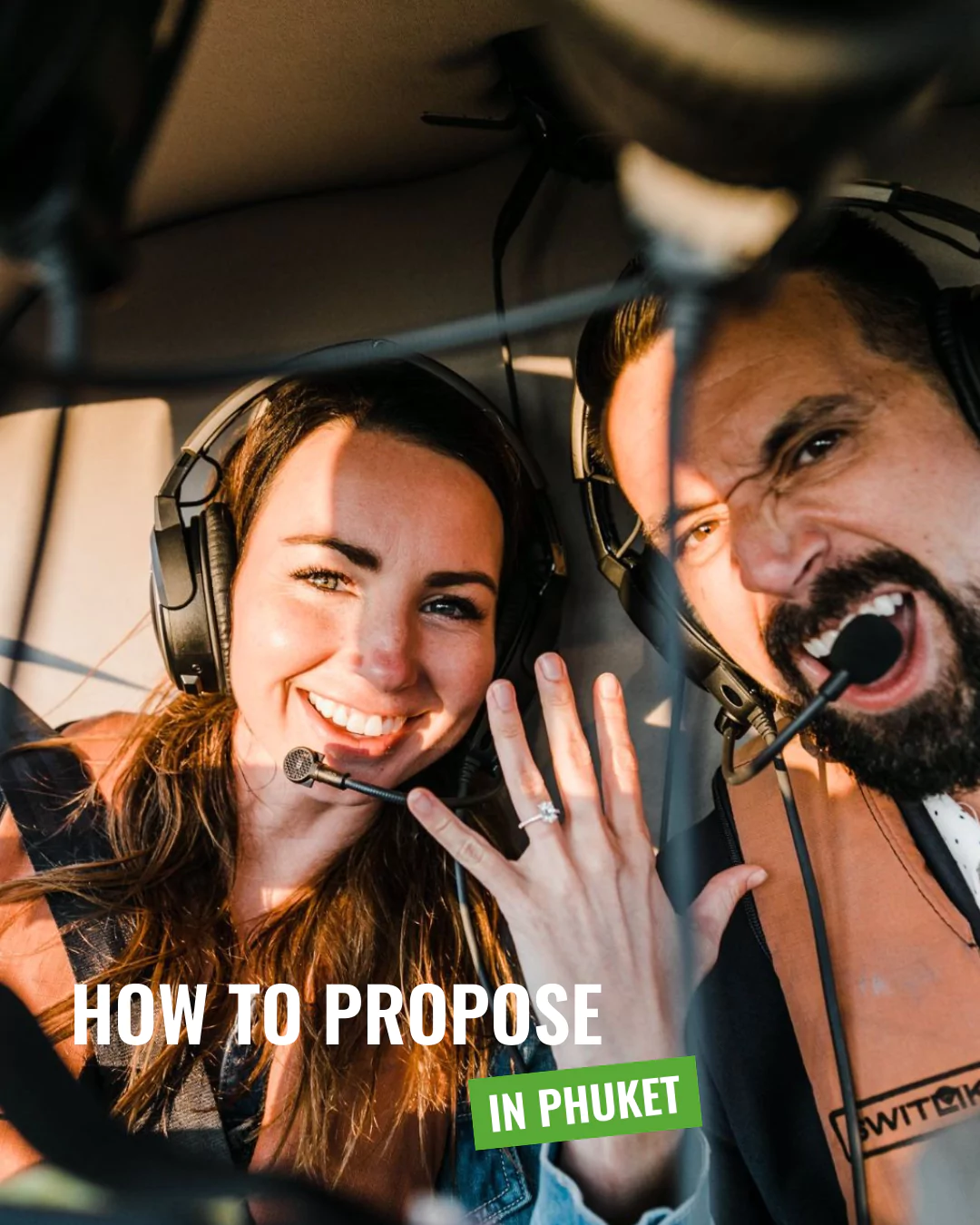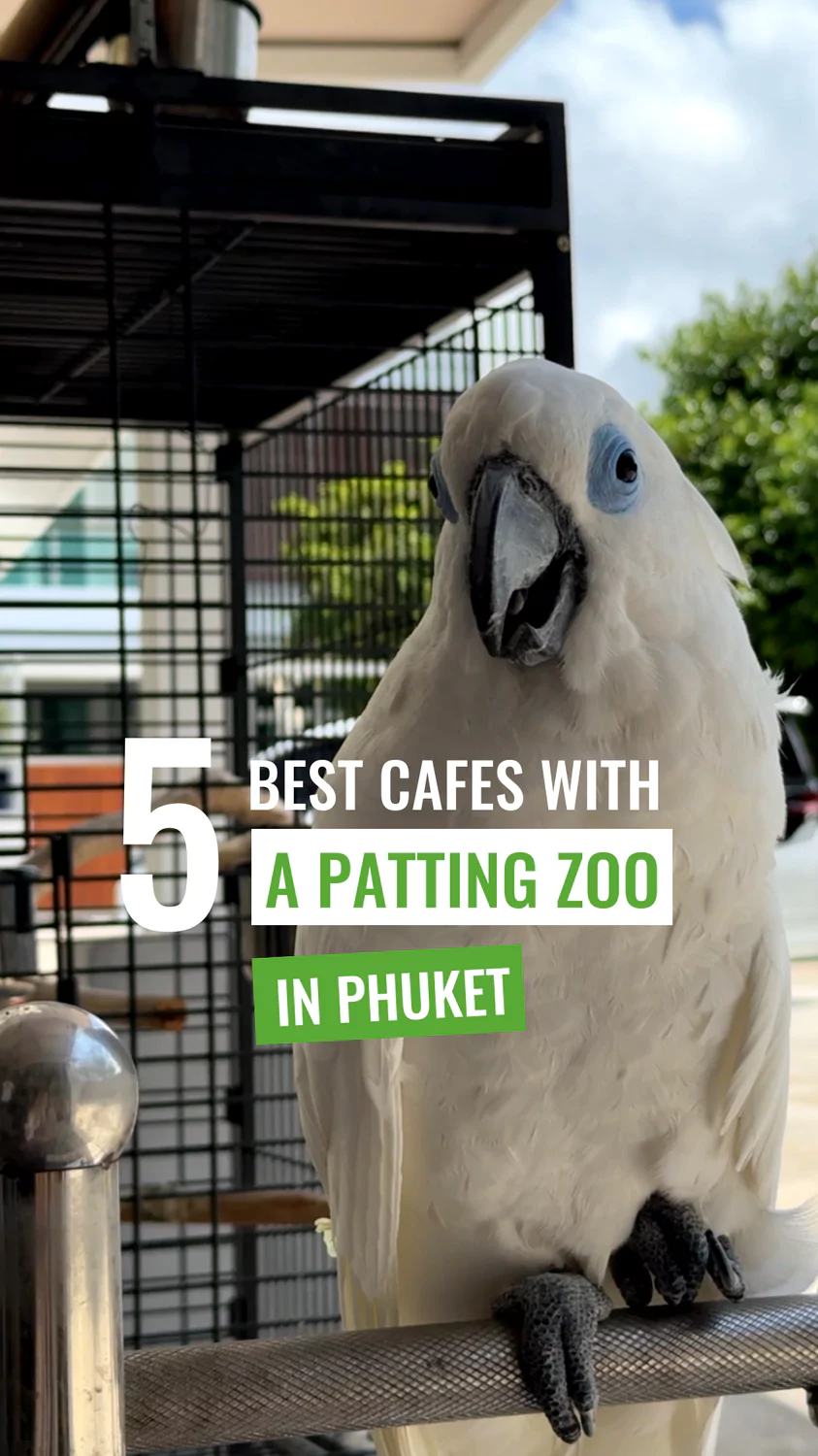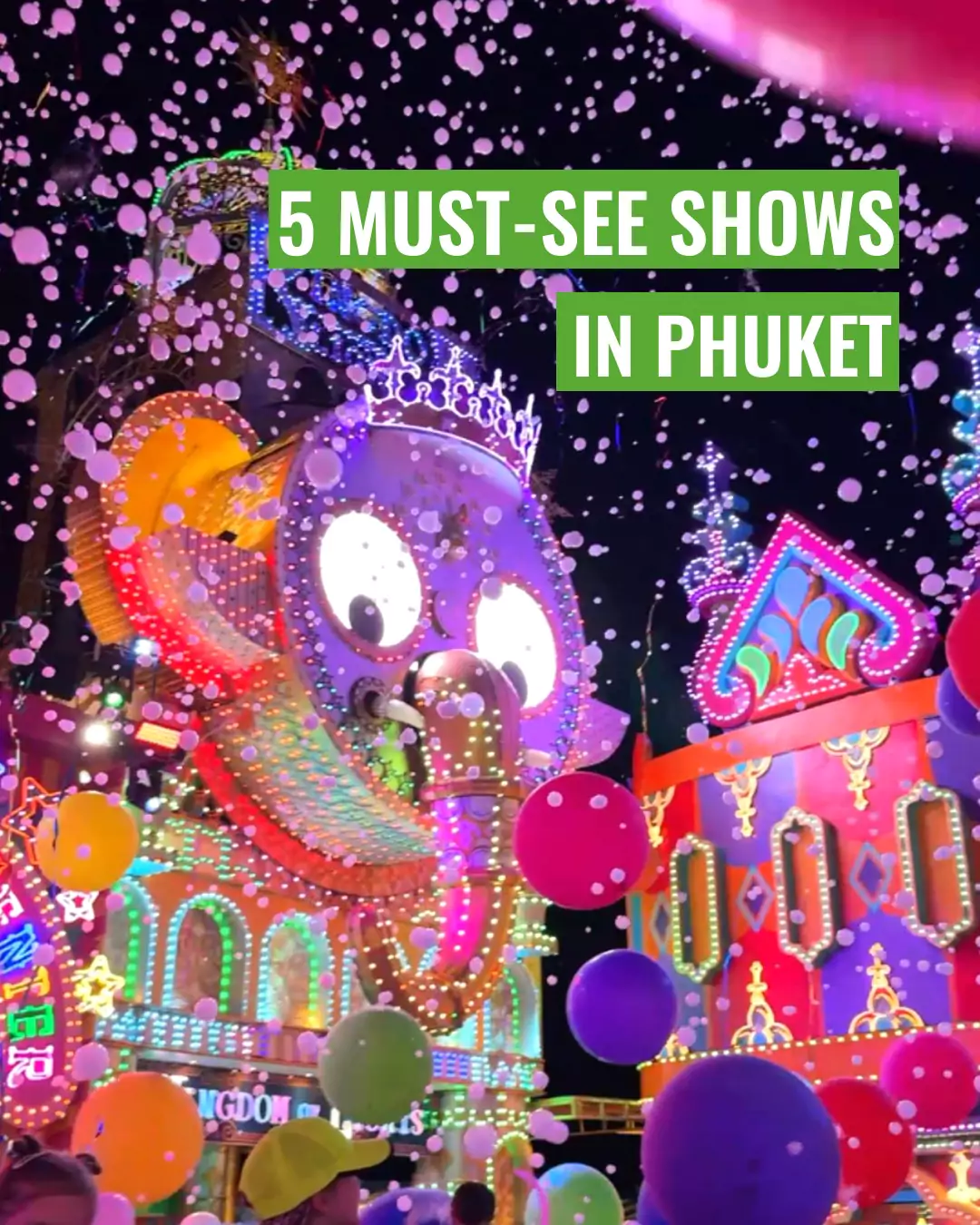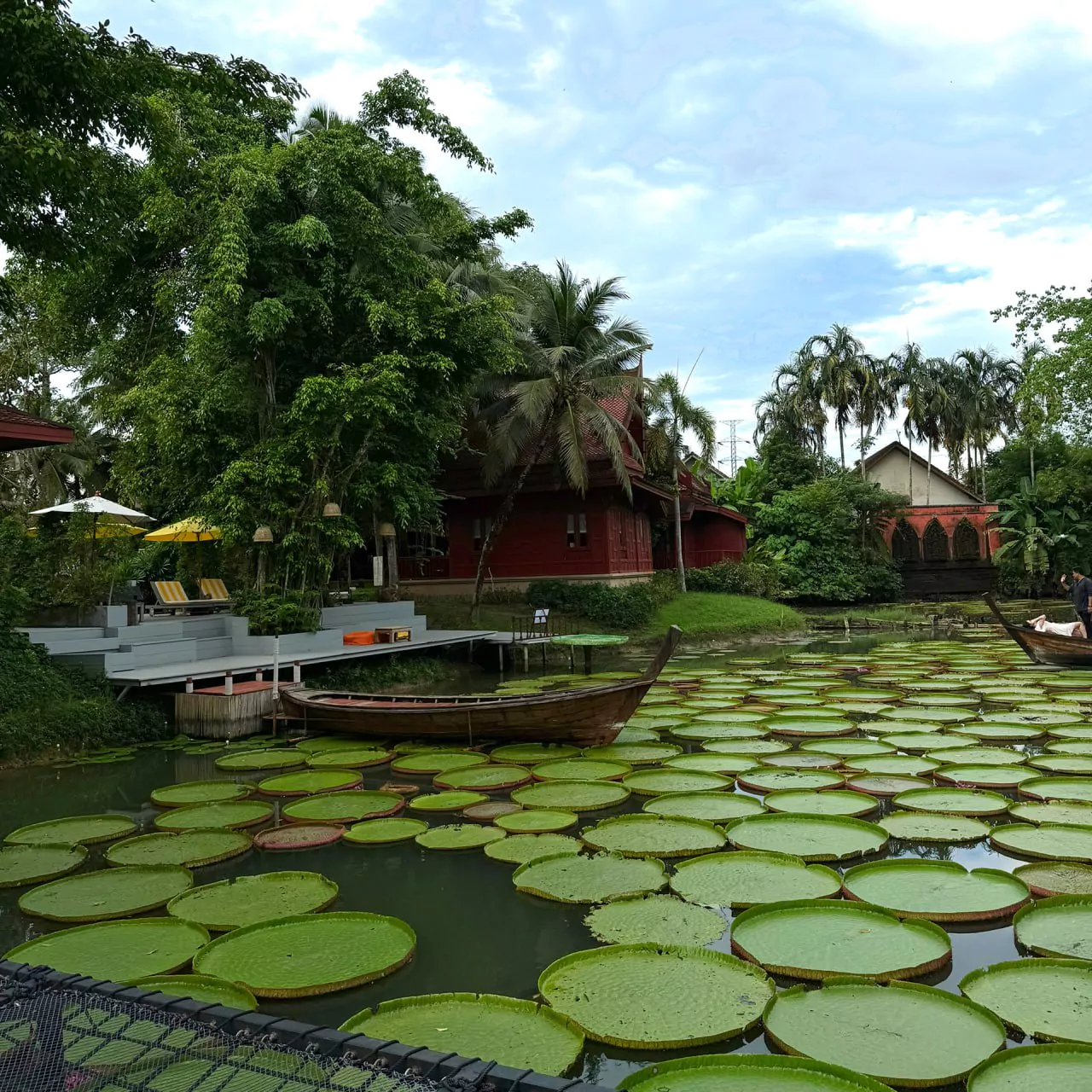Historical temples of Phuket
Historical temples in Phuket – unique architectural structures and important monuments of religion and art. They captivate the imagination with their incredible scale, abundance of gold, lavishly decorated altars, and majestic statues of Buddha. Visiting Buddhist and Taoist temples is a must to immerse yourself in the culture and religion of Thailand. Let’s talk about the most significant temples of Phuket.
Wat Chalong
One of the most revered and magnificent temples in Phuket. The exact date of Wat Chalong‘s construction is unknown, but the first mentions of it date back to 1837.
The temple became famous thanks to three monks: Luang Pho Cham, Luang Pho Chuang, and Luang Pho Gluam. They were healers who helped believers recover. People of Phuket still come to Wat Chalong with faith and prayers for healing.
The Wat Chalong grounds consist of several significant structures:
⦁ Ubosot. The main building of the complex where all major services and ceremonies are held.
⦁ Chedi (stupa). This building was constructed specifically to house the temple’s main relic – a fragment of Buddha’s bone. It is kept under glass on the third floor of the building.
⦁ Viharn. At the entrance to this building, you can take a piece of foil, attach it to one of the monk statues, and make a wish. You can also try to learn your future here: shake a special cup with sticks near the altar until one falls out. Each number corresponds to a card with a prediction.
⦁ Monk’s House. According to legend, one of the temple’s founders lived in this building and played a significant role in the outcome of the Chinese miners’ rebellion.
⦁ Ceramic oven, where firecrackers are occasionally exploded with a deafening sound. This action symbolizes the driving away of evil spirits.
On the grounds of Wat Chalong, there is also a lake where you can release snakes, frogs, and fish, which are sold at the entrance to the temple complex. This is a rather unusual ritual: Thais believe that a person does not know in what form they will return to this world in their next life, and if you give someone freedom in this life, you ensure freedom for yourself.
Wat Phra Thong
An ancient temple built in 1750, it is one of the most unusual not only in Phuket but in all of Thailand. The reason is that Buddha statues typically have three standard positions – reclining, sitting, and standing. However, Wat Phra Thong features a Buddha bust.
It is not exactly known why such a sculpture ended up in the temple, but there is a legend. Long ago, there was a meadow on this site where a peasant boy was herding his cow. He grew tired and decided to take a nap, tying the cow to a piece of metal sticking out of the ground. That evening, something terrible happened: the boy suddenly died. His father had a dream in which he learned that his son died because he had disrespected a Buddha statue by tying the cow to it. It turned out that the boy had tied the rope to a tuft of hair on the head of a Buddha statue buried in the ground. The boy’s father tried to retrieve the Buddha from the earth but was only able to unearth the bust. Everyone who attempted to dig up the statue after him mysteriously died, so it was decided to build a temple around the Buddha’s bust and forbid any further excavations.
Big Buddha
One of the main symbols of Phuket – the Big Buddha – rises on Nakkerd Hill in the Chalong area. The 45-meter white statue can be seen from afar. In fact, it is not just a standalone statue but a whole temple complex, the construction of which began in 2000 and is still ongoing.
Next to the Big Buddha stands a 12-meter brass statue of the Golden Buddha, dedicated to Queen Sirikit, the patroness of the Thai people.
On the grounds, you will encounter an unusual gong. According to legend, it produces a melodious sound if touched by a person with a pure soul. There is also a milestone stone marking kilometer zero, where you can see a miniature model of the entire temple complex.
Additionally, there is a small museum that shows the stages of the temple’s construction. There are donation boxes and a souvenir shop. All proceeds go toward maintaining this sacred place, so purchases are considered charitable contributions.
Wat Sri Sunthon (Temple of the Reclining Buddha)
This is the temple where the largest reclining Buddha statue in Phuket is located. Wat Sri Sunthon is situated in a place rarely visited by tourists, so it is usually quiet here. The entrance to the temple is right on Thep Kasattri Road.
The temple grounds are small and cozy, featuring a beautiful garden with ponds and sculptures. However, the main attraction is the 29-meter reclining Buddha statue located on the rooftop of the building.
Visitors are first greeted by majestic gates adorned with intricate carvings and various symbols. The temple complex also has sculptures of different animals from Thai mythology.
Tha Sak Temple
Wat Tha Sak is located on the eastern side of Phuket. It was founded in 1987 by a northern monk, who transformed it from a washing temple into a place of spiritual peace and tranquility.
Today, Wat Tha Sak is a well-managed and organized temple that attracts visitors with its sanctity and the opportunity to find inner peace.
The temple is surrounded by greenery from many trees, creating a special atmosphere of seclusion and tranquility. Along the path, there is a water reservoir, a fountain, and a large pond.
Each pavilion of the temple is designated for different activities — meditation, reciting mantras, and listening to Dhamma teachings. A special place in the temple is held by the chedi containing Buddha’s relics, giving this place particular significance.
The monks, following the true teachings of Buddha, take care of discipline and cleanliness, creating ideal conditions for visitors.
Wat Karon
The only complex of Buddhist temples and pagodas is located near Karon Beach. It was founded in 1895. The main relic of Wat Karon is a jade statue of the Enlightened One. Black jade is attributed with magical properties and symbolizes cosmic energy, perfection, power, authority, and immortality.
The temple has a beautiful interior based on stories from Thai mythology. A staircase, adorned with two serpent-like mythical creatures called Nagas, leads to the prayer hall. The walls of the main temple are decorated with frescoes depicting significant episodes from the life of Buddha.
It’s a quiet, soulful place with few visitors, offering a peaceful retreat. On Tuesdays and Fridays, a night market is organized here.
Phra Nang Sang Temple
The oldest temple complex in Phuket, also known as the Temple of White Blood. The exact date of construction is unknown, but the building is at least a quarter of a century old.
There is a theory that the construction of the temple began in 1785 on the site of a battle with Burmese invaders. The rulers of Burma decided to attack because they knew that all the men of the island had gone to the mainland to defend the northern borders of the kingdom, leaving only weak women behind. But the women were brave and clever: they armed themselves with dummy weapons and simulated a capable army. The Burmese got scared and retreated. The people’s militia was led by sisters Chan and Mook, in gratitude for whom the locals erected a monument.
Khao Rang Samakkhitham Temple
The temple is located at the foot of the mountain leading to the Rang Hill viewpoint in Phuket Town. Khao Rang Samakkhitham was built by the long-living monk Luang Pu Supa, who is still alive and claims to be over 120 years old.
The architecture of the temple is striking in its grandeur, filled with an abundance of colors, patterns, and symbols. The building is crowned by a huge golden statue of a seated Buddha.
Wat Maikhao
A secluded temple hidden in the forest. Here, you can take a walk surrounded by beautiful nature, let go of all your thoughts, and spend time alone with yourself.
Surrounded by tropical vegetation, there are several structures. In the main building of Wat Maikhao, you can find statues of Buddha and portraits of members of the royal family. The temple grounds also feature a picturesque lake, with an unusual prayer building in its center.
Jui Tui Shrine
A traditional Chinese temple that plays a significant role in Phuket’s Vegetarian Festival, held annually in early October. It was founded by Jui Tui in 1911 and is located in Phuket’s Old Town.
This small building resembles a traditional Chinese courtyard with structures arranged around the perimeter. The interior of each shrine is dedicated to a specific deity it honors.
The main idol is Tin Hu Huang Soi, a Taoist god, protector of the Chinese. Next to the statue, there are figures of a dog and a chicken, which were his favorite pets.
Rules for visiting temples
Thais deeply respect their religion and everything associated with it. When visiting sacred places in Thailand, certain rules must be observed:
- Cover your shoulders and knees on the temple grounds;
- Remove your shoes right at the entrance to the temple complex;
- Avoid making noise, smoking, and eating;
- Do not sit with your legs stretched out in front of a Buddha statue or altar — sit cross-legged or tuck your legs under yourself;
- Do not sit on elevated platforms — these places are reserved for monks;
- Do not touch other people, especially monks.
You can explore other historical places in Phuket in the Attractions section and choose the excursions that interest you. Enjoy learning about Thai history!

